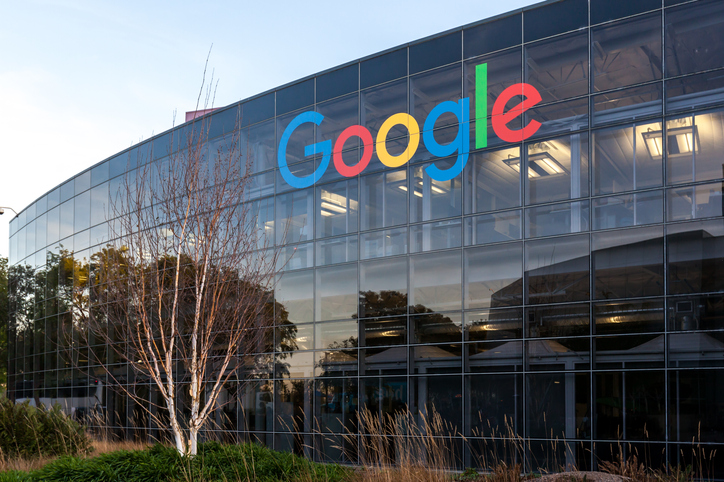Best Practices for Optimizing Meta Titles


Quick Navigation
Some SEO tactics are relatively obvious, like including keywords in your website copy. Others, like the use of meta titles, are less obvious. Meta titles can have an impact on how your webpage ranks. Using meta titles effectively can entice searchers to click on your page over your competitor’s page.
A meta title is a succinct, clickable title that appears on the search engine results page, or SERP. A meta title is super brief — usually around 60 characters in length. Most commonly, companies write the title of the web page or article as it appears on the actual site, followed by the website’s name. However, you can structure your meta title differently if needed. Most meta titles include an important keyword related to the webpage to further boost SEO.

Meta titles are an important aspect of SEO. While they’re most recognizable on SERPs, meta titles do appear in other locations, like web browsers and social media platforms. In all of these cases, the meta title is often the searcher’s first introduction to your website, so a clear message and description of what your webpage is about is vital.
Take the time to carefully construct optimized meta titles for every page you have. Your meta title can entice a searcher to click and convert rather than just scroll by your content. Follow these steps to maximize the impact of your meta title for SEO:
While there’s no hard-and-fast rule regarding the length of your meta title, most experts recommend keeping it around 60 characters long. Keeping your meta title short is vital because the search engine, browser, or social media site will simply cut the meta title off if it’s too long rather than rephrase or shorten it.
Google is the most popular search engine, and it does not provide specific guidance on how many characters you should use in your meta title. Google provides two lines for meta titles on mobile devices and a single line on desktops. Because of this, you may have more room on a mobile device than you would on a desktop computer, but you can’t be sure how searchers will access your website.
There are two primary reasons you want to ensure your meta title is original and unique. First, the bots that crawl and index webpages struggle with duplicate content. They have a hard time indexing repeated copy, which can hurt your SEO. Second, a duplicate or vague meta title won’t entice searchers to click on your website. It’s important that you optimize every single individual page within your website for both SEO and user impressions.
Add a primary keyword to your meta title. This will not only help your page rank, but it will help searchers know what they can expect from your webpage. Be wary of using too many keywords, though — Google and other search engines sometimes flag “keyword-stuffed” meta titles as spam, which hurts their SERP ranking. You can include a secondary keyword if you have space, but make sure it’s different from your primary keyword.
Include your company’s name at the end of your meta title. For those consumers who are already aware of your business, seeing your name there helps them know they can trust the link. For those who don’t know you yet, you’re building brand awareness and establishing yourself as a reputable expert. Best practices for formatting show you should separate your company’s name from the actual title of your webpage with a colon, dash, or another distinctive punctuation mark.
Meta titles are relatively straightforward once you understand how to structure them and why to use them. However, you can still fall prey to missteps:
Meta titles can help improve your SEO and customer conversions when well-written and optimized. Ensure you’re taking the time to create original and thoughtful meta titles for all of your individual webpages.

Knowledge Graph
SEO | 4 min read

Learn About SEO
SEO | 4 min read

SEO Alt Tag: What It Is and Why It’s Important
SEO | 4 min read